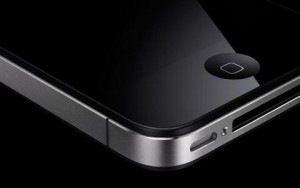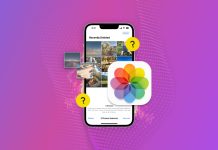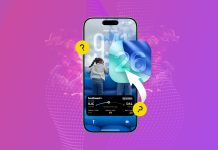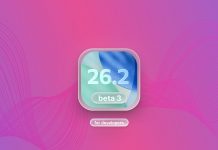 Since the release of the iPhone 4, there has been a lot of anecdotal reports that holding the phone a certain way can lead to signal degradation and dropped calls. Anandtech has done a complete analysis of the iPhone 4’s antenna problems, illustrating the exact strengths and weaknesses of the iPhone 4’s antenna.
Since the release of the iPhone 4, there has been a lot of anecdotal reports that holding the phone a certain way can lead to signal degradation and dropped calls. Anandtech has done a complete analysis of the iPhone 4’s antenna problems, illustrating the exact strengths and weaknesses of the iPhone 4’s antenna.
The problem originates with the fact that the antennas in this model are external, running around the perimeter of the iPhone 4, unlike previous models which had internal antennas. This move is ironically supposed to improve reception. In the bottom left-hand corner of the phone, the antenna for WiFi, Bluetooth and GPS and the cellular antenna for voice and data come together, separated by a small space. If that small space is bridged, the antennas can become detuned, resulting in signal attenuation.
To run the analysis, Anandtech measured the signal attenuation for the iPhone 4, the iPhone 3GS and the HTC Nexus One held in five different positions. Six measurements were made for each phone and position and the average is reported in the table below. Note that it is signal attenuation being reported and therefore lower numbers are better. One of the five positions, pinching the top and bottom, resulted in no attenuation on any of the phones and was therefore not reported.
The results demonstrate that at worst, a 24 dB drop in signal may occur depending on how you hold the phone. Whether or not such a drop will affect your call depends on the strength of the signal you are receiving. In strong signal zones, the decrease shouldn’t be noticed, but in weaker zones, it could result in dropped calls. Without the addition of the bumper case, the iPhone 4 performed the worst but the HTC Nexus One was not far off. Using a bumper case with the phone to insulate the antennas, the iPhone 4 signal attenuation was more comparable to the the iPhone 3GS and was actually slightly better than the HTC Nexus One.
However, Anandtech does also report that the antenna on the iPhone 4 is in fact improved. Where the iPhone 4 antenna outperforms the other phones is in low signal strength areas. In the signal range that typically results in dropped calls for most phones, the iPhone 4 dropped much fewer calls and this performance was further improved with the use of a bumper case.
These results clearly demonstrate that many phones to one degree or another may experience signal attenuation when they are being held, although the iPhone 4 appears to experience it to a much greater extent. The good news is that there are means to insulate the iPhone 4’s antennas to improve this limitation, such as the use of bumper cases. It would be great if Apple acknowledged their design flaw by providing such cases to new iPhone 4 owners, but it seems like that is not likely to happen anytime soon. The silver lining is that the iPhone 4 antenna is more powerful in some ways, although only those people who are often in areas of low signal strength may be able to appreciate the difference.
Photo Credit: Anandtech
Article Via Anandtech







